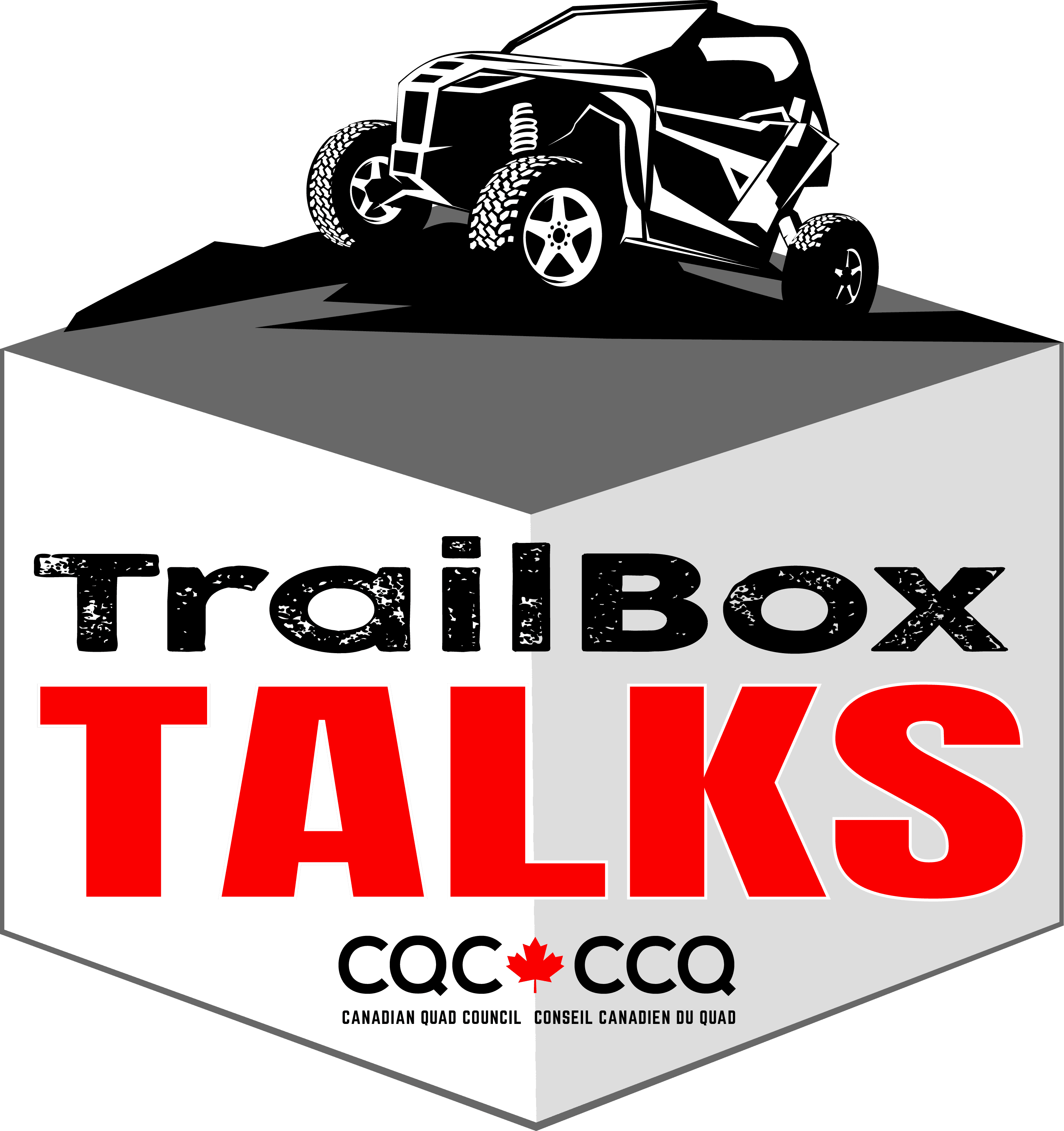Rider Conditioning: How Stretching, Hydration, and Mental Health Ensure a Safe and Enjoyable Ride
Regarding ATV riding, fun and safety go hand in hand, and it’s not just about wearing protective gear like helmets and goggles. The physical and mental state of the rider plays a massive role in ensuring everyone’s safety. Whether you’re cruising through rocky trails or navigating muddy paths, distractions and physical discomfort can lead to accidents. That’s why it’s crucial to be in top physical and mental condition before you even start your ride.
The Importance of Rider Conditioning
A good ATV ride requires focus, coordination, and a healthy body. ATVs are designed to be rider-centric machines, meaning your body weight and movements are key in guiding the vehicle. If you’re physically fit and mentally prepared, you’ll be more agile, able to react quickly and make better decisions on the trail. This doesn’t just make for a more enjoyable ride—it ensures your safety and the safety of others.
Stretching: Loosen Up for a Better Ride
Before you hit the trail, take a few minutes to stretch. Stretching is an essential part of rider conditioning as it prepares your muscles for the physical demands of riding. When you stretch, your muscles become more supple, reducing the risk of injury and helping you recover faster if an injury does occur. ATV riding requires much physical effort, as you often need to shift your body weight to control the machine.
Here’s a simple routine to prepare your body:
- Neck and back stretch: Loosen your neck and back by gently tilting your head forward, backward, and side to side. Stretching these areas will help with posture and prevent tension as you ride.
- Forearms and wrist stretches: Since you’ll be gripping handlebars for long periods, stretch your forearms and wrists to prevent cramps or stiffness.
- Leg stretches: Your legs provide a lot of control, so stretch your calves, thighs, and hamstrings before riding.
Before stretching, get your blood flowing by doing light cardio—walking briskly, jogging in place, or rotating your arms. The more your muscles loosen up and the blood flows, the more comfortable your ride will be.
Hydration: Keep Your Body Fueled
Hydration is just as important as stretching when it comes to physical readiness. A 2015 study conducted by York University found that ATV riding is a moderate to significantly active form of recreation, depending on how it’s done. Like any active sport, riding requires proper hydration to keep your muscles performing at their best.
Why is hydration so important?
- Prevents muscle cramps: Water helps maintain proper muscle function, reducing the likelihood of cramps or stiffness.
- Improves blood circulation: Hydration keeps your blood flowing, which is critical for maintaining energy and focus during your ride.
- Staying hydrated speeds up recovery: If you strain a muscle or get fatigued, staying hydrated can help you recover faster.
What to avoid:
- Alcohol and drugs: Both alcohol and drugs (medicinal or recreational) can impair your ability to ride safely. Not only do they affect your physical coordination, but they also impair your judgment. Riding under the influence of alcohol or drugs is dangerous and increases the risk of accidents.
Mental Health: Clear Your Mind Before Riding
It’s not just your body that needs preparation—it’s your mind, too. Mental clarity is essential for safe riding. High stress, distraction, or emotional turmoil levels can significantly impact your judgment, decision-making, and reaction times.
How does mental health affect your ride?
- Impaired decision-making: When you’re stressed or mentally distracted, you may not focus properly on the trail or your machine, which can increase the risk of accidents.
- Decreased reaction time: Mental fog or stress can slow down your ability to react quickly in challenging or unexpected situations on the trail.
Before you ride, take a moment to clear your mind. If you’re feeling stressed, take a few deep breaths, meditate, or use other relaxation techniques to help focus your attention. A calm mind leads to better decision-making and a safer, more enjoyable experience.
Key Questions for Riders: Take Care of Your Body and Mind
To ensure you’re ready to hit the trails, ask yourself the following questions:
- Why are stretches important?
- Stretches help keep muscles supple and reduce the chance of injury. They also accelerate recovery if an injury occurs.
- Why is hydration important?
- Hydration contributes to healthy muscles and good blood flow, which minimizes injuries and aids in quicker recovery times. ATV riding is a moderately active activity; hydration is key to sustaining energy levels.
- How can substances and rider conditions impair your ride?
- Alcohol, drugs, and high stress can all impair your physical ability to control the ATV and make sound decisions. These factors directly threaten your safety by decreasing reaction times and judgment.
In Conclusion: Get Fit, Stay Safe, and Have Fun
Rider conditioning is not just about staying physically fit; it’s about being mentally present and prepared for the challenges of ATV riding. By caring for your body through stretching and hydration and clearing your mind of distractions, you set yourself up for a safer, more enjoyable ride.
Remember, a great day on the trails starts with a well-prepared rider who is fit, focused, and ready for anything. So before you head out, ensure you’re physically and mentally ready to take on whatever the terrain has in store.
Consider enrolling in quad safety training courses in your area for more tips on preparing your mind and body for ATV riding. Stay safe, ride smart, and enjoy the adventure!





